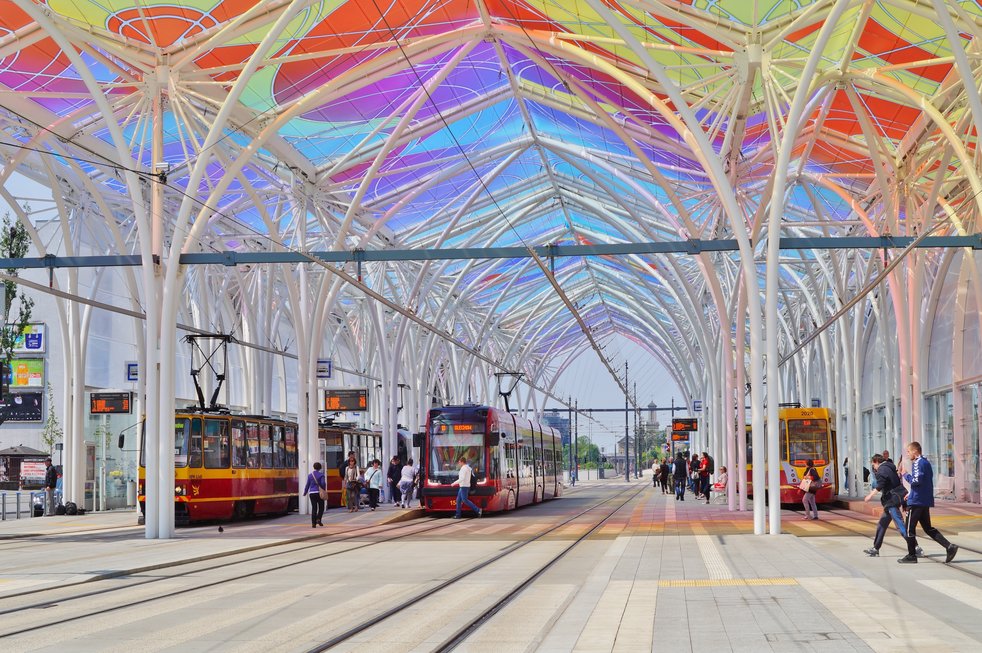Cities as Key Players in Public Sector Innovation

OPSI releases a new call for case studies from city governments to identify success stories in local public sector innovation. Access the city space of OPSI and fill in the questionnaire online to share your story by November 15, 2016 (details in blog).
We invite you to contribute to our innovation scan and submit innovative city practices on the OPSI submission form.
Case studies on what and what for?
Cities have become the engine of sustainable development and inclusive societies, thus, providing the backdrop to many profound public sector innovations. Recent OECD work on cities has underscored the role of cities as catalysts for new policy solutions for sustainable development.
In recognising the central role of cities as innovation catalysts, as part of our Horizon 2020 project the Observatory of Public Sector Innovation (OPSI) – a flagship initiative of the OECD Public Governance and Territorial Development Directorate to analyse and compare public sector innovations – is conducting a study of city-level innovations to better understand how cities are fostering innovations which produce systemic impacts.

Innovations in areas such as healthcare, education, social protection, assistance to migrants, transportation, localising the SDGs, environment, and local public services such as drinking water and sanitation usually include a mix of government actors (often from multiple levels), private enterprises, non-profits and also deep engagement with citizens and community organisations to ensure their success. The call for innovation aims to identify the most inspiring transformative innovations – the game changers – in the urban space. Has the way city governments operate changed through these initiatives?
We are working in collaboration with the European Commission and other partners around the world to identify city-level initiatives that can be presented as case studies in our innovation replicability report and an associated conference we are planning for June 2017. Good quality cases will be featured in the OPSI database and some of them – with scores high in terms of novelty and replicability – will be selected to be included as case studies in our report.
We are looking for innovations from the city context that are:
- systematic in nature (tackling issues which have systemic effect);
- have a transformative effect within the public service or its organisation (change how public services are provided or public sector is organised in a fundamental manner – i.e. new forms of relationships across levels of government and with other actors);
- and show a potential for replicability and wider diffusion – that could be picked up by other cities, to make the lives of their inhabitants better.
In our search we are not setting any boundaries to the sector or field of service; nor are we limiting the type and nature of the innovation. Cases ranging from digital innovations (smart city services) to those about policy design and implementation, financing mechanisms, governance arrangements, new service provision or citizen engagement are all welcome.
Why cities?
Cities are closer to people’s problems…
City governments are simply closer to citizens and their needs than central governments. This creates possibilities to gather data from sensors, co-create policies and build living labs to test new services (see for example the activities of the Helsinki Living Lab). Furthermore, it gives cities the possibility to tap into a new source of data – externally generated citizen data. This is projected to be the main data source for analytics in transportation management and real-time crime monitoring in the next years to come. This allows city governments in the future to create digital twins of their services to better understand their operations. Digital twins use sensor or other data to project the real-time status, working condition and position of physical assets. Thus, cities can use digital twins of infrastructure and public services to monitor, diagnose and predict problems in the former.
Proximity to people also means ability to systematically involve citizens in the co-production of solutions in as diverse areas such as solid waste management, environmental protection, housing, SDGs, migration, well-being, and water governance. Thus, cities are not only at the forefront of the new digital transformation and big data society, but they are also changing fundamentally how policy is made and evaluated.
…and they face their own challenges
With increasing urbanization the challenges connected to city environments grow. High density living spaces not only create environmental problems, set high demands on infrastructure, impact people’s health, but also produce spatial inequalities and territorialize risks including from global trends such as migration. These are issues city governments increasingly have to deal with to be resilient. Combining these challenges with the possibilities created by new technologies, produces a fertile ground for innovation and allows cities to innovate – not despite these constraints, but because of them.
Cities have the scope to test variety of solutions…
Personalised public services are the next promise of the digital revolution. Cities have a high concentration of highly skilled people and they are also diverse environments with a variety of consumers which enables to test and specialise public services to citizens’ specific needs. The most ground-breaking experiments with sensors, drones, big data and predictive analytics are happening at the city level. With the emergence of intelligent infrastructure and tests of self-driving buses, robotic postmen etc., it starts to feel like we are already living in the future. But why is it happening now? And why cities are at the centre of experimentation? If we disregard the fact that technologies have matured enough to be deployed widely and our robotics and data analytics skills are higher than ever, then we see some core reasons why cities are at the centre of this transformation.
…and scale to make a difference
More than half of world’s population live in urban areas. The number of mega-cities (above 10 million inhabitants) is growing and so is the number and size of cities in general. In many cases providing public services (sanitation, housing, electricity, water, etc.) becomes more efficient in urban areas compared to more dispersed, rural populations. Thus, cities have also the scale to make the most of the sharing economy. Furthermore, small solutions like putting sensors on pipes to reduce water loss make a big difference on the overall city scale.
Coupled with new technological possibilities and a varied testing environment, cities are moving from simple service models to a science of cities, from linear data-based innovations to those that change their inner organisations. The awareness for this potential is growing: in recent years, cities have started to take an active role in generating transformative innovations. Many cities have created an innovation lab, hired a Chief Innovation/Information Officer or built up a delivery unit to prioritise innovation.
Who can share case studies and how?
We are looking for contributions from city governments and other actors working together with city governments towards innovation. You are invited to fill in an online form to share your case – this will not take you more than 30-45 minutes. Selected innovations will be included in the Observatory’s online database. The most promising cases – high novelty and high replicability – will be featured in an upcoming report on innovations at city level. A Call for City Innovations PDF version is also available for preview purposes.
The deadline for submissions is November 15, 2016. Please direct any questions to [email protected] or @OPSIgov. We also encourage you to join our new OPSI LinkedIn community









